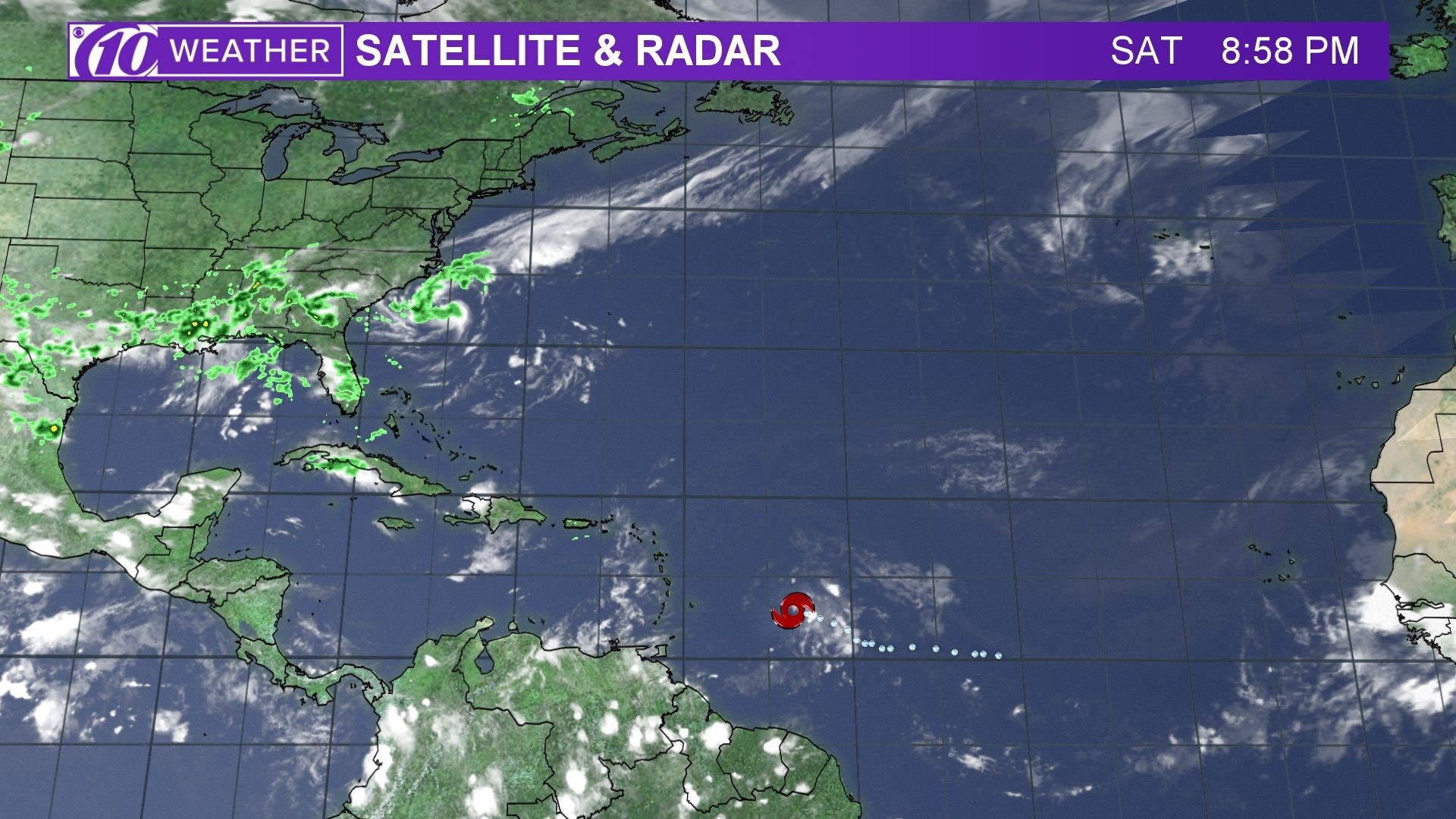Overview of Tropical Storm Beryl: Tropical Storm Beryl Spaghetti Models

Tropical storm beryl spaghetti models – Tropical Storm Beryl, the second named storm of the 2023 Atlantic hurricane season, formed on July 5, 2023, over the central Atlantic Ocean. As of July 6, 2023, the storm is located approximately 1,000 miles east of the Lesser Antilles, with maximum sustained winds of 40 mph and a minimum central pressure of 1004 mb. Beryl is moving west-northwest at 14 mph and is expected to strengthen into a hurricane by the end of the week.
The storm is expected to track generally west-northwestward over the next few days, passing north of the Lesser Antilles and Puerto Rico before turning more northward toward Bermuda. Beryl is not currently a threat to land, but interests in the aforementioned areas should monitor the storm’s progress.
Historical Context, Tropical storm beryl spaghetti models
The 2023 Atlantic hurricane season has been relatively quiet so far, with only one named storm, Alex, forming before Beryl. However, the Atlantic basin is still in its peak season, and several more storms are likely to develop in the coming months. The last major hurricane to impact the Lesser Antilles was Hurricane Maria in 2017, which caused widespread damage and loss of life.
Spaghetti Models Analysis

Spaghetti models are an ensemble of computer model runs that are used to predict the track of a tropical storm. Each model run is based on slightly different initial conditions, which leads to a different forecast track. The spaghetti models are plotted on a map, and the resulting spaghetti-like lines show the range of possible tracks for the storm.
Spaghetti models are a valuable tool for forecasters, as they provide a range of possible outcomes and help to identify the most likely track for the storm. However, it is important to note that spaghetti models are not perfect, and they can be influenced by a number of factors, such as the quality of the initial data and the accuracy of the computer model.
Limitations and Uncertainties
- Spaghetti models are based on computer simulations, which are only as good as the data that they are based on. If the initial data is inaccurate, then the spaghetti models will be inaccurate as well.
- Spaghetti models do not account for all of the factors that can affect the track of a tropical storm, such as changes in the steering currents or the interaction of the storm with land.
- Spaghetti models can be difficult to interpret, especially for non-meteorologists. It is important to remember that the spaghetti models are only a guide, and they should not be taken as a definitive forecast.
Tropical Storm Beryl spaghetti models show a range of possible tracks, so it’s important to stay informed. For the latest updates, visit the national hurricane center beryl. The spaghetti models can help you understand the potential paths of the storm, but it’s important to remember that they are just predictions and can change quickly.
Tropical Storm Beryl spaghetti models are showing a range of possible paths for the storm. For the latest information on where Beryl is headed, visit where is beryl headed. The spaghetti models will continue to be updated as more data becomes available.